Term archive
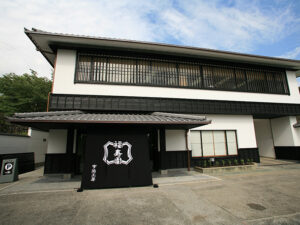
投稿タイプ:activities
Tea Hand-Kneading, Uji Tea-Making on a Ceramic Plate, Matcha Tea-Making with a Stone Mortar (Fukujuen Uji Tea Workshop)
Use a stone mortar to grind tencha, which is the primary ingredient to make powdered matcha tea, and then prepare and drink your own tea.
In addition to a workshop, where you can experience making tea and creating tea utensils, there are also famous tea-ceremony rooms on-site where you can learn the art of Japanese tea ceremony. You can also enjoy tea sweets and tea ceremony cuisine at the old style Japanese restaurant. At the tea shop, you can purchase original Uji green tea and tea utensils. Enjoy everything about Uji's green tea here beside the clear flow of the scenic Uji River.
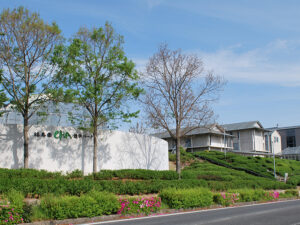
投稿タイプ:activities
Fukujuen CHA Experience Park
Less than an hour from Kyoto and Uji, the Fukujuen CHA Experience Park is a must for tea lovers. You can take an in-depth look at how tea is grown, harvested, processed, and enjoyed all over the world. Learn about traditional tea cultivation practices and the best way to prepare a wide variety of teas from researchers dedicated to making the perfect cup of tea. Here you can get hands on experience with almost every aspect of tea cultivation and preparation. There is a museum about the history of tea and its many uses, classes on preparing tea leaves, grinding match powder, and techniques for brewing tea. What’s more, they have example tea rooms from around the where you can learn about how people make and enjoy tea all over the world. All this makes the CHA Experience an essential part of any tour of Kyoto’s tea producing region.
・ Introduction to the history and types of tea, manufacturing process, history of Fukujuen, etc. with panels and videos
・ Exhibition of teas that are drunk all over the world
・ Exhibition of Japanese tea manufacturing equipment
・ Tour of tea gardens (visiting tea plants of various varieties in Japan and around the world and tea trees cultivated in greenhouses).
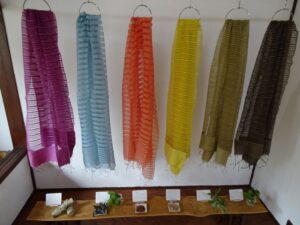
投稿タイプ:activities
Nonohana Plant-Based Dyeing Experience: Dye a one-of-a-kind item with your own hands
At the Nonohana Plant-Based Dyeing ("Kusakizome") Academy in Kyoto Prefecture's Ide-cho, you can try your hand at the "kusakizome" dyeing method. Kusakizome roughly translates to plant-based dyeing, in which, as the name suggests, you use pigments from plants to dye fabric. Seasonal plants are usually used for dyeing, but even the same plant grown in different a soil and climate can change the resulting colors. Kusakizome mostly uses the plants stems or braches to make dye, and flowers are rarely used. The beginners' course is about having fun learning and trying the kasakizome method, in which you cut and boil the plants to make the dye, and use the bokashi dyeing technique (dyeing in layers) to dye a silk shawl, which you can take home on the day of the activity. It's the perfect opportunity to create your very own one-of-a-kind piece.

投稿タイプ:events
Uji River Cormorant Fishing
Enter into the dramatic world of cormorants and fishermen unfolding on the surface of the summer night’s water. Known as a traditional summer event, this practice has a history that goes back to the Heian era (794-1185) and is mentioned in "Konjaku Monogatari" (A collection of tales written during the late Heian era) and "Kagero Nikki" (diary literature written during the Heian era).
Other: Chartered boat fees
10-passenger boat 27,500 yen
15-passenger boat 41,250 yen
20-passenger boat 55,000 yen
Shared boat fares
Adults 2,000 yen
Children 1,000 yen
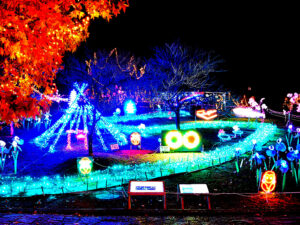
投稿タイプ:events
TWINKLE JOYO Starlight Pageant
The natural winter scenes and objects illuminated in this event add poetic charm to the season in Joyo City. 600,000 illuminating lights and a 10m tall tree show off the city's wonder.
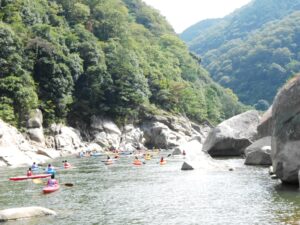
投稿タイプ:events
Kasagi Canoe School
With 70 canoes, Kasagi Canoe School is Japan's largest.
The school is mainly aimed at beginners, and uses the gentle flow of the center of the Kizugawa River as a slope with which to teach first-timers the basics, after which participants can head down 6km of the river themselves.
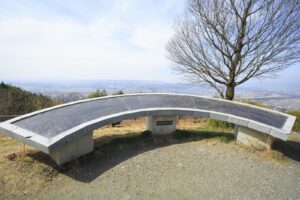
投稿タイプ:sightseeing
Mandoroyama Observatory
The Yamashiro Basin developed around the Kizugawa River as a flourishing agricultural community supporting and connecting the ancient former capitals of Kyoto and Nara. At the Mandoroyama Observatory, you can look out on that history. Visitors can enjoy a broad view, from Kyoto Tower to the Ikoma Hills.
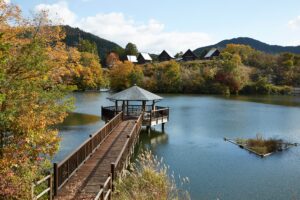
投稿タイプ:sightseeing
Taisho Pond Green Park
Registered as a scenic asset by Kyoto Prefecture, Taisho Pond is surrounded by quiet greenery, and includes walking paths and a floating pavilion.
The attached Ide Town Outdoor Sports Center, Taisho Pond Green Park, has bungalows, camping and tent sites, and the administrative buildings includes a cafeteria, rooms for large groups, and shower facilities.
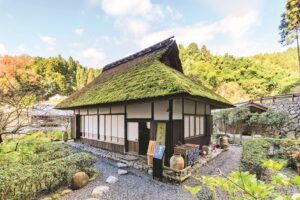
投稿タイプ:sightseeing
Birthplace of Nagatani Souen
This is the birthplace of Nagatani Souen (reconstructed in 1960), who built the foundations of Japanese tea leaf preparation through his development and popularization of the "Aosei Sencha Method" in 1738.
Inside the building, the remains of a special drier used for tea preparation have been preserved. Visitors can learn about Souen's legacy and tea preparation methods.
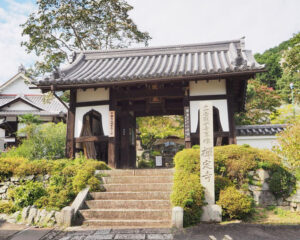
投稿タイプ:sightseeing
Zenjo-ji Temple
This temple was opened about 1,000 years ago by Heiso, a monk from Nara's famous Todai-ji Temple. Numerous cultural assets, such as a statue of the eleven-faced bodhisattva Kannon, and the Sun/Moon bodhisattvas are enshrined in Zenjo-ji Temple's Treasure Hall. A large mural, the "Zenjo-ji Heisei Era Great Reclining Buddha" is also drawn on the back of the main hall to commemorate the 1,000th anniversary of the temple's founding.
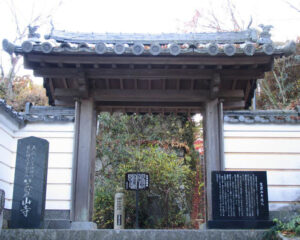
投稿タイプ:sightseeing
Kasagi-dera Temple
During the Nara period (710-794), the Emperor Tenmu was once hunting on Mt. Kasagi, and as he reached the dangerous climax of his chase after a deer, he prayed to the Buddha and escaped harm. The image of the bodhissatva Maitreya that he carved on the surface of a large stone there became the principle image of worship at what become Kasagi-dera Temple. The temple grew as a training ground for mountain ascetics (known as "shugensha") in the late Heian period (794-1185), but was burned down during the Genko War (1331-1333). The current main hall, the Shogatsu Hall, and Bishamondo Halls were built during the Muromachi period (1336-1573).
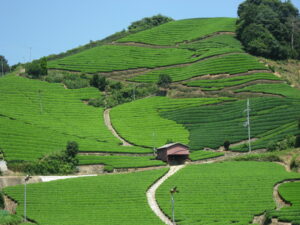
投稿タイプ:sightseeing
Ishitera Tea Fields
These tea fields, known as the first scenic property designated by Kyoto Prefecture, are also registered as a Japanese heritage site. The tea fields spread out across the steep hillside, in a sight you might not expect to find looking up the side of a little mountain. This area, located in the west of the town of Wazuka, is known as Hayaba. The tea harvesting begins here in late April.